Today I will tell you about the very first monument of Odesa, which is already 193 years old! Absolutely everyone knows him and he is one of the main symbols of the city. The monument near which I pass quite often and constantly photographed. It's time to tell you about it! Meet the monument to Armand Emmanuel du Plessis, Duke de Richelieu.
Who is the Duke de Richelieu?
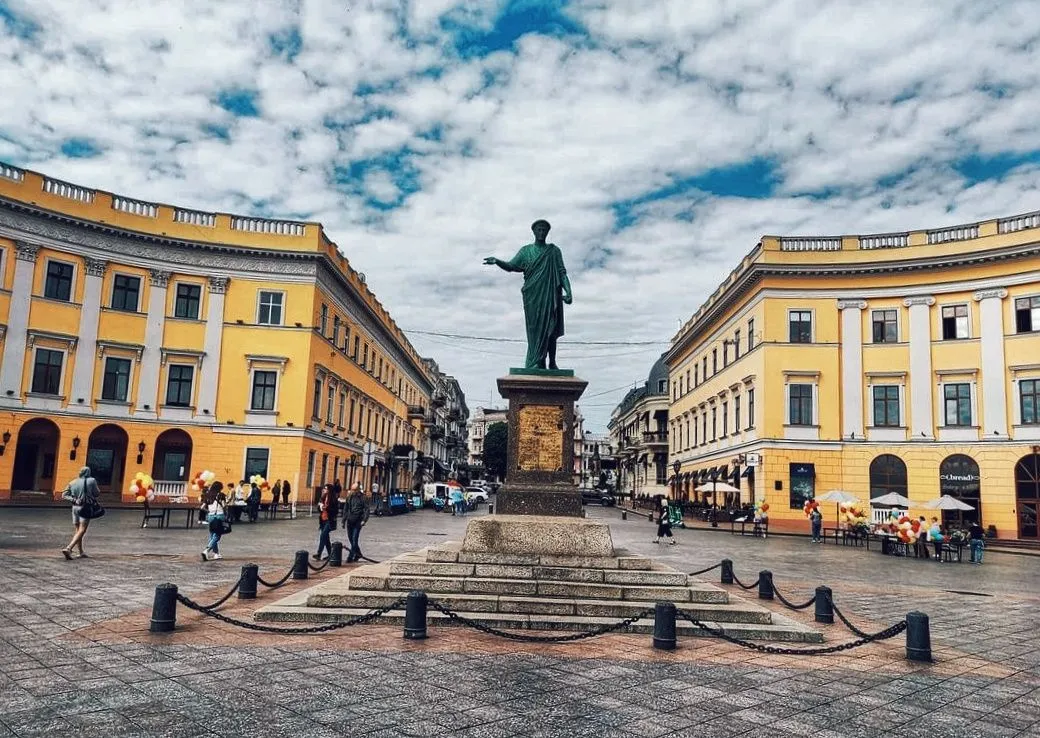
Duke de Richelieu is a French aristocrat who was born on September 25, 1766, in Paris.
He was the last member of the du Plessis family, 5th Duke of Richelieu, great-great-great-nephew of the well-known Cardinal Richelieu. In 1783 he received a court position - became chamberlain of King Louis XVI. During the Great French Revolution of 1789, he emigrated first to Austria, then to Russia.
In 1803 Richelieu became the mayor, and in 1805 - the governor-general of Odesa. Odesans considered him the founder of the city, although, by the time Richelieu took over the leadership of the city, Odesa was already eight years old. Thanks to Richelieu, the city soon turned into a major trading port.
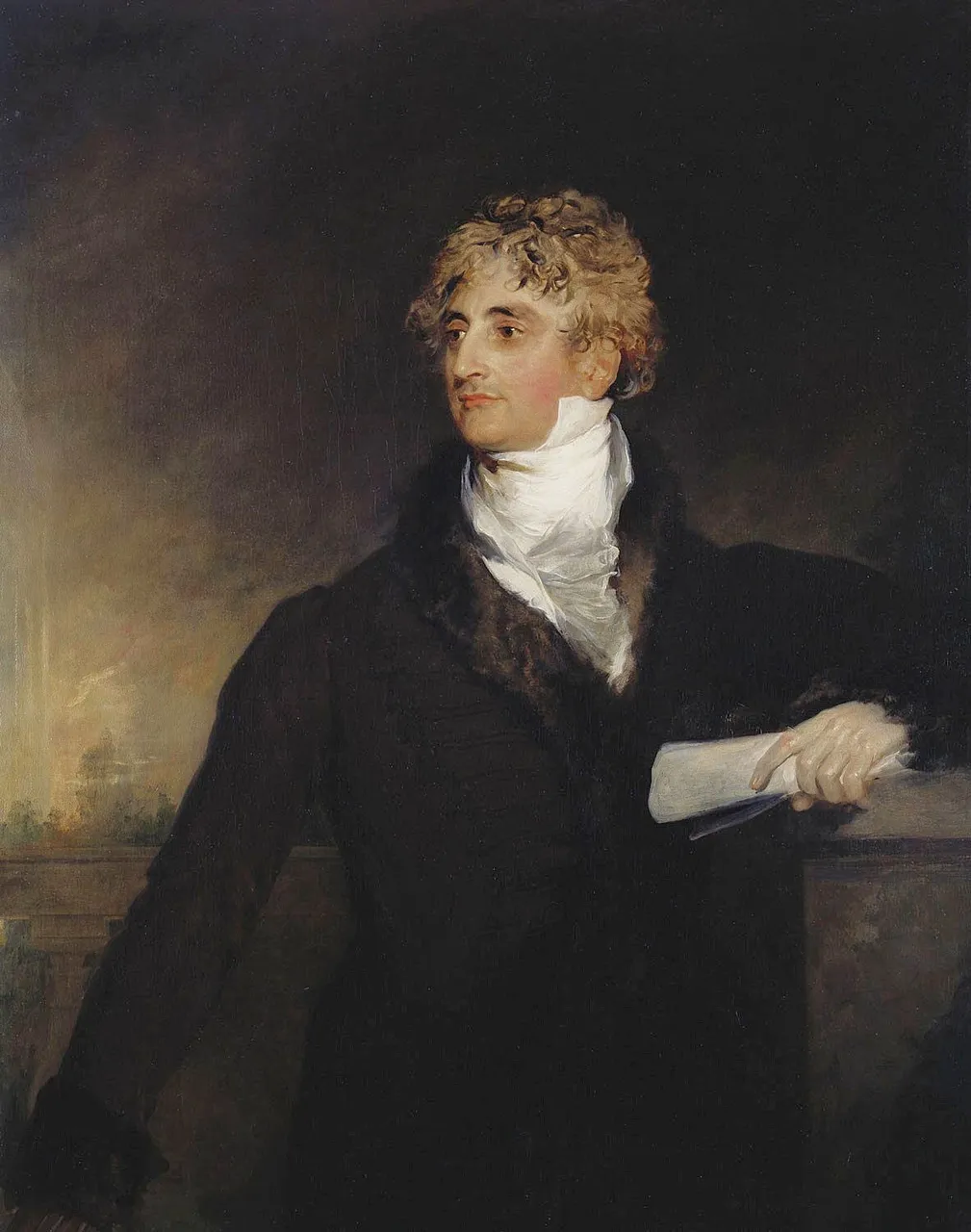
In 1814, Duke left for France, where he became prime minister in the government of Louis XVIII. In 1822 he died in Paris, and upon learning of this, Count Langeron appealed to the citizens of Odesa to start collecting funds for the construction of the monument. When the money was collected, Mikhail Vorontsov ordered a monument to the famous sculptor Ivan Martos. The sculpture itself and the high reliefs were cast in bronze in St. Petersburg, and a Kherson landowner presented the city with a pink granite pedestal.
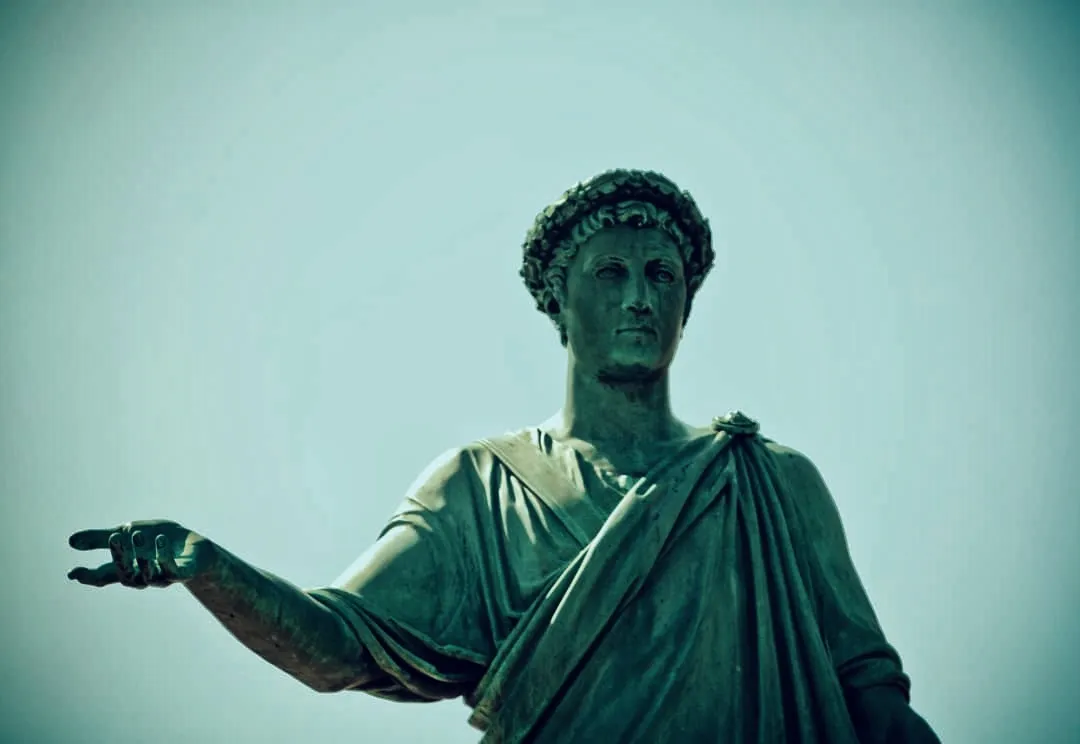
The monument is not very similar to the portrait of Richelieu, since Martos, according to art critics, was an unimportant portrait painter and preferred to copy the available sculptural samples. Duke, apparently, was endowed with the face of the first Roman emperor, Gaius Julius Caesar.
What is the history of monument?
The time of construction of the monument is June 20, 1827 - April 22, 1828. And the official day of its opening is April 22nd. For almost 200 years from the moment of installation, it has been preserved in perfect condition. At the same time, of course, several stories happened to him.
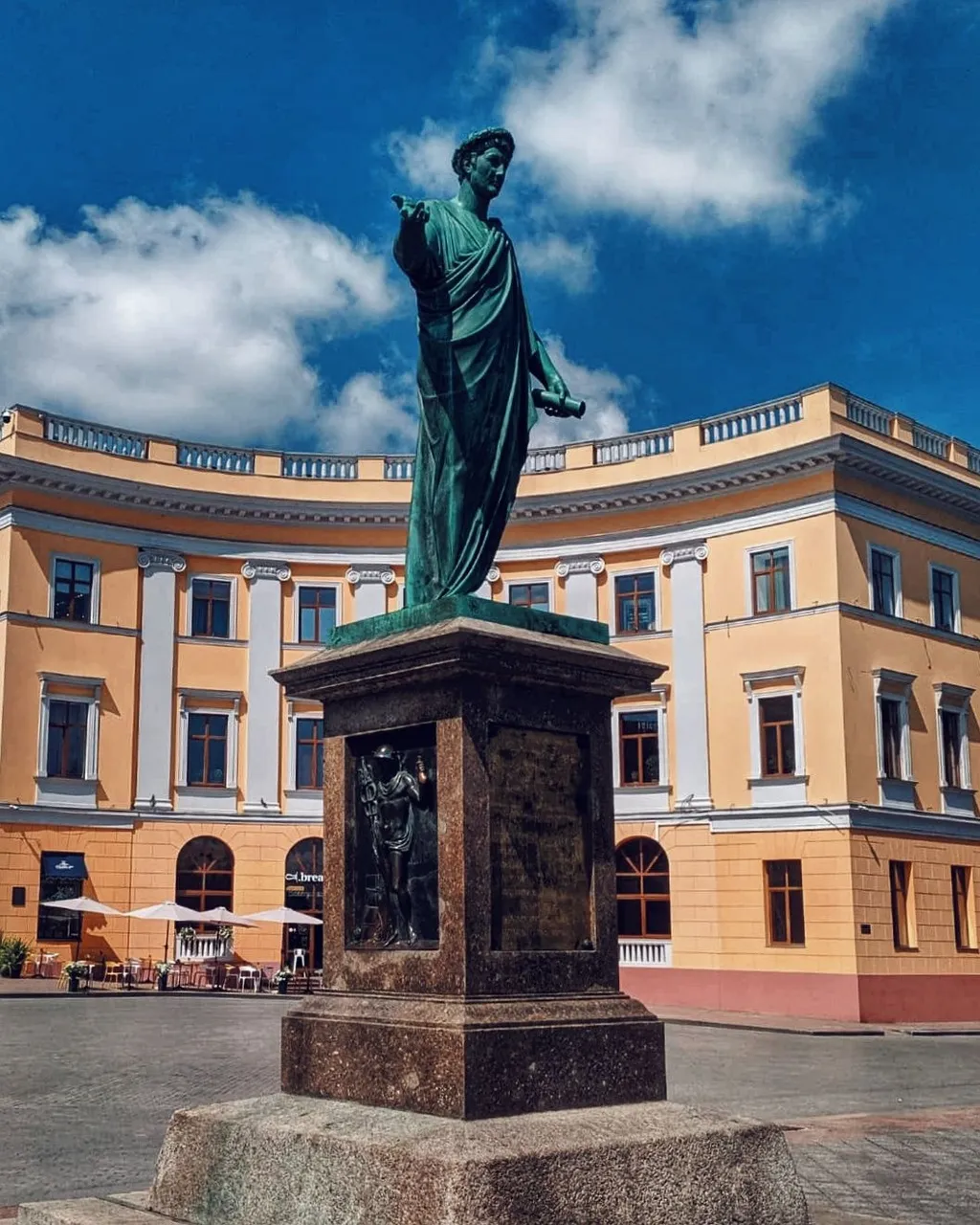
When the Crimean War was going on, the Anglo-French squadron fired at the city and port. One of the cannonballs exploded near the monument and damaged its pedestal. After the war, a cast-iron patch with a stylized cannonball was installed at the site of the damage to commemorate this event. For many years there was a cannon next to the Richelieu monument, which fired exactly at noon, thus giving a kind of signal of the exact time.
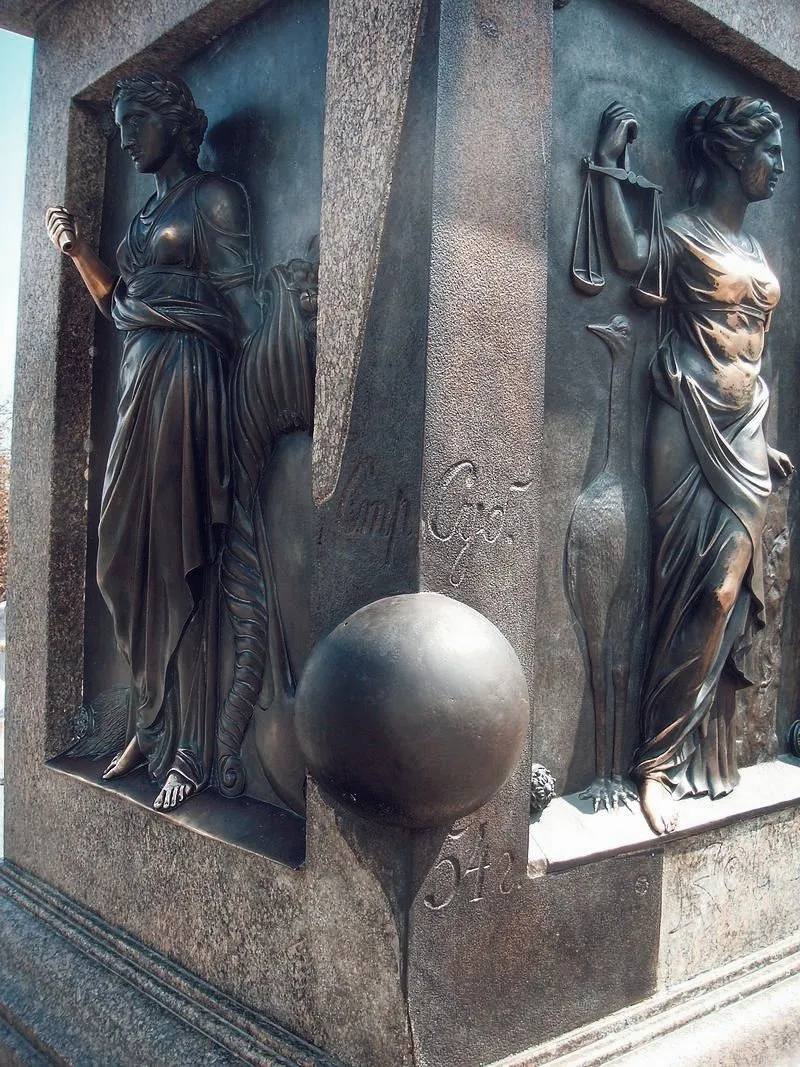
In Soviet times, they wanted to demolish the monument to Duke, but it was saved by the fact that it was installed with public money - it was decided not to touch such monuments.
And nowadays they like to dress him in an embroidered shirt during the celebration of the Independence Day of Ukraine.
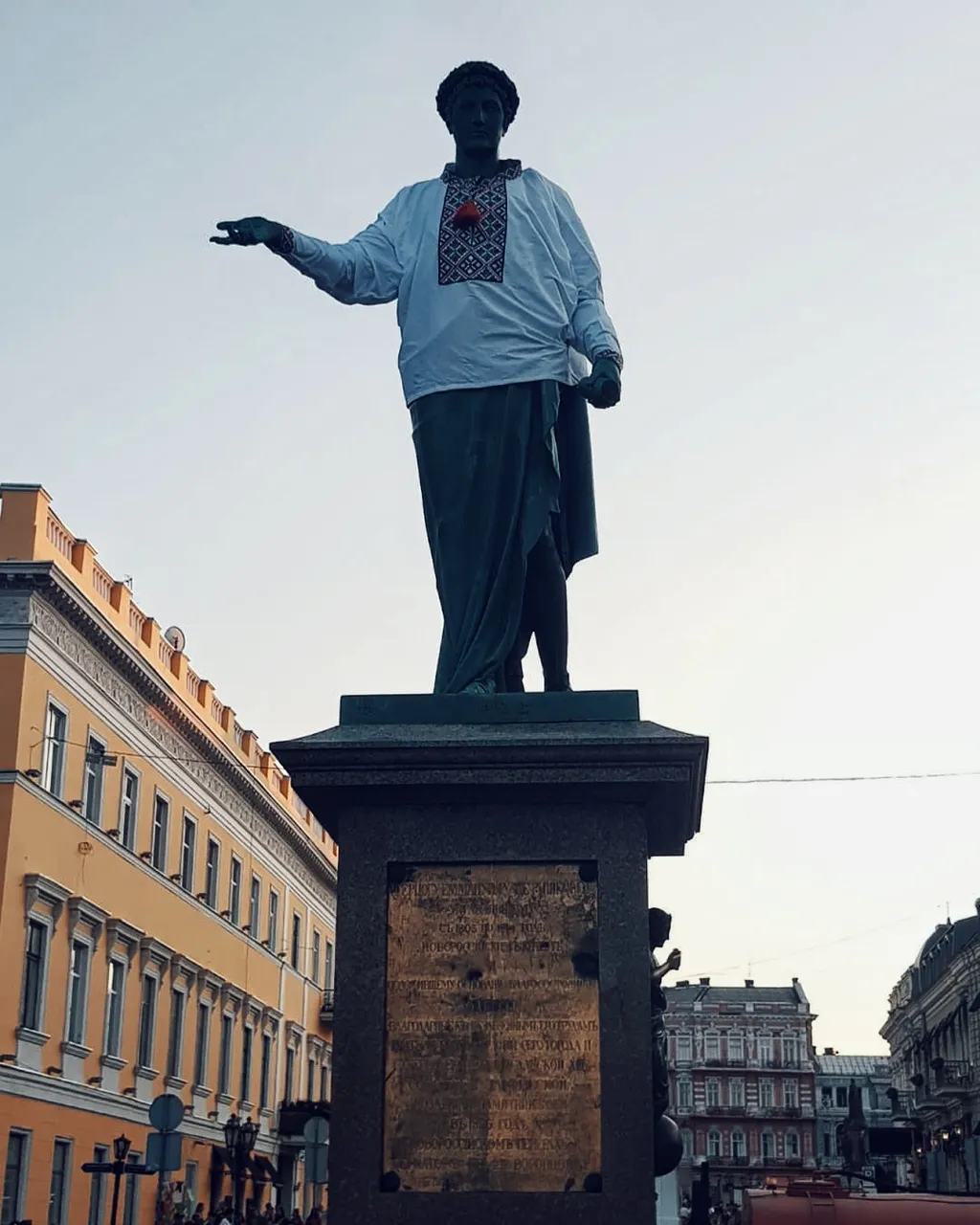
There are bronze high reliefs on the monument, symbolizing trade, justice and agriculture. By the way, the goddess of justice Themis, contrary to tradition, is depicted on the monument without a bandage. It is believed that this is a hint that Richelieu often forgave repentant criminals.
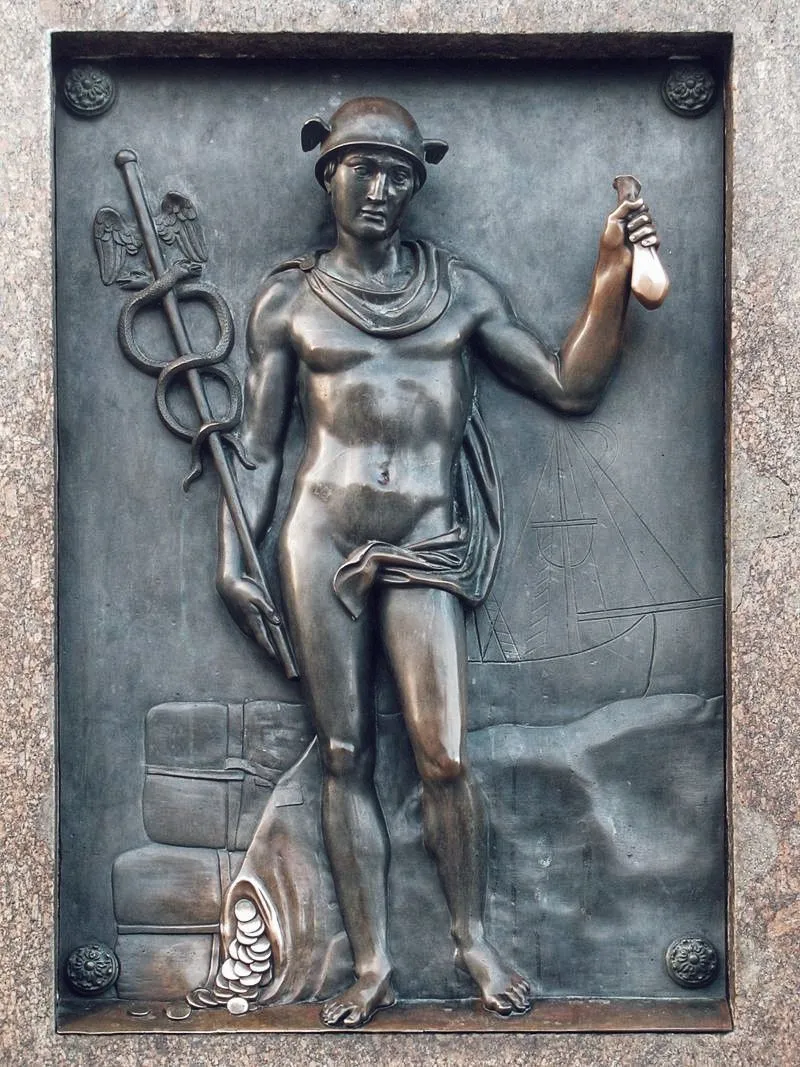
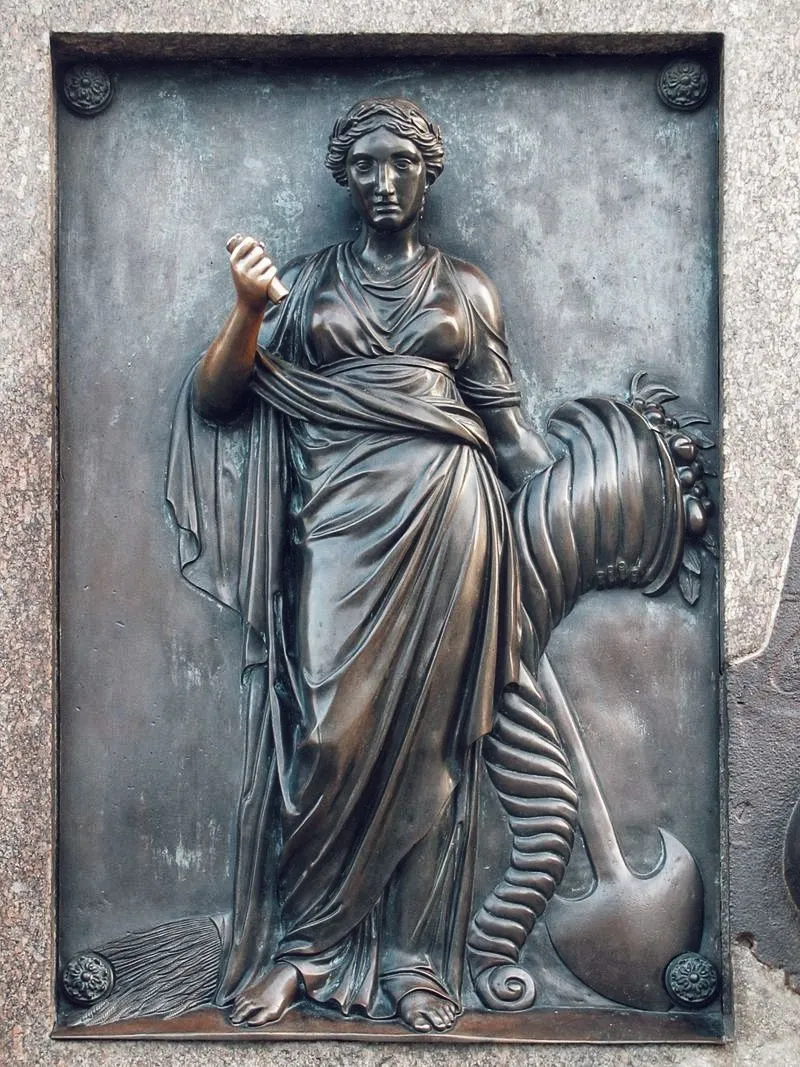
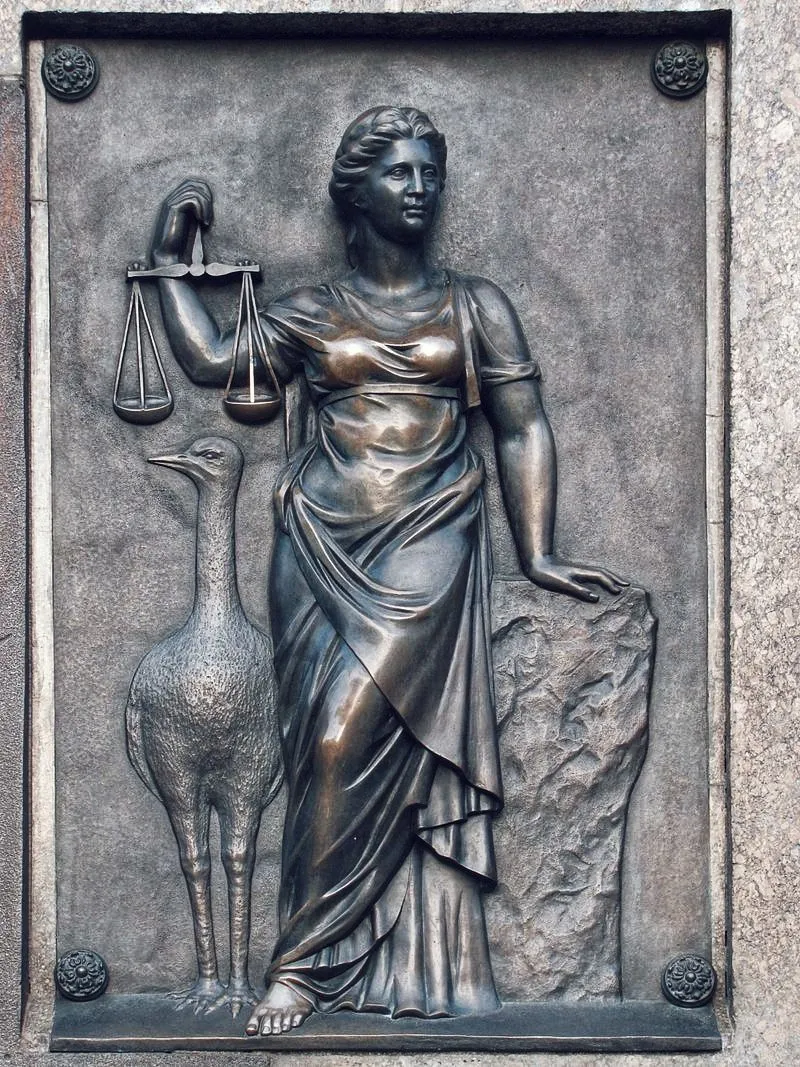
Well, the most exciting moment, which is adored by both tourists and locals, is to look at the monument from a certain angle. Have I already said that Odesa is considered the most humorous city in the country? So, there is a catchphrase "look at the duke from the second hatch." They even write songs with this phrase. And this is how you will see Richelieu from this place.
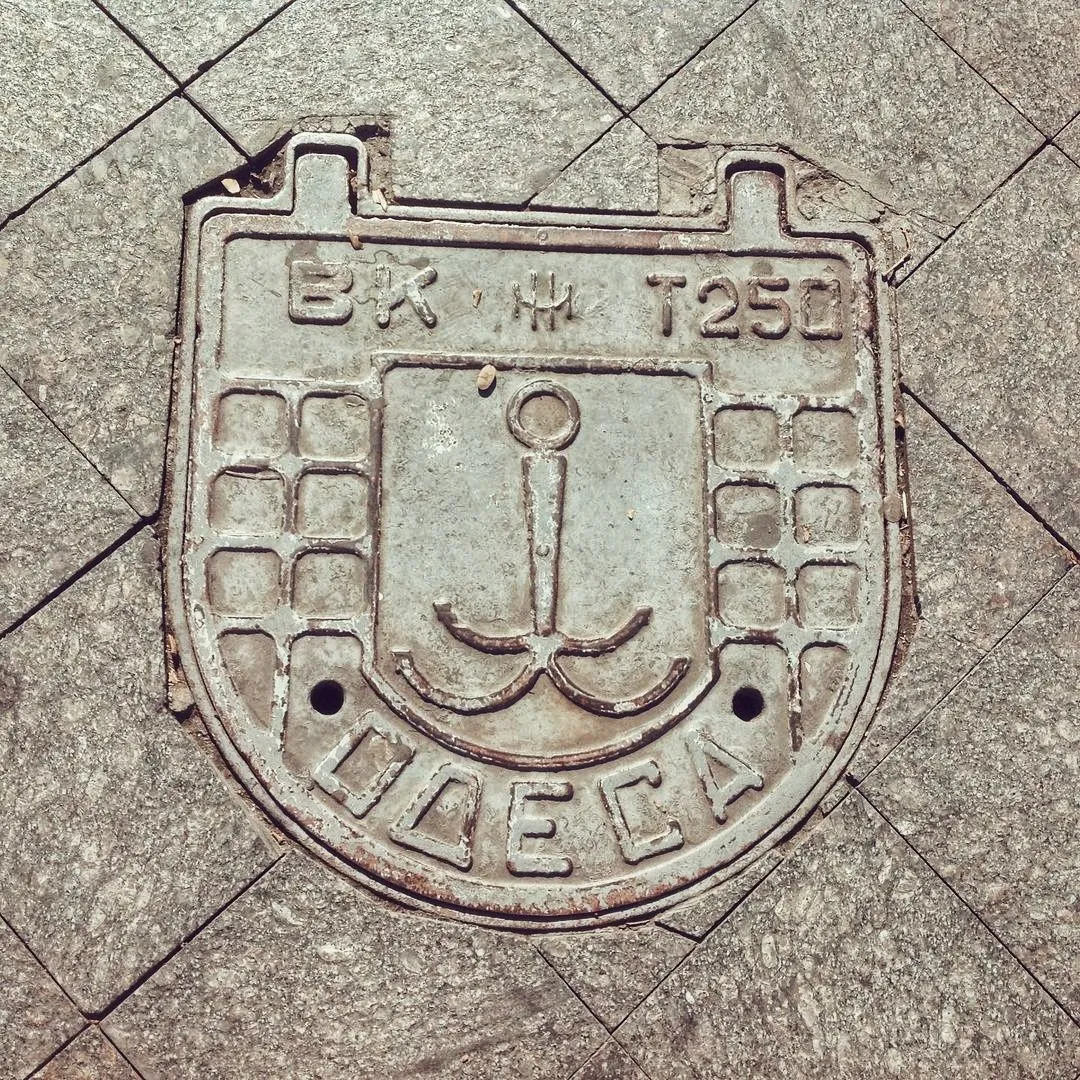
Looking at the monument from the water hatch to the left of it, the scroll and folds of Duke's clothes are extremely similar to male genitals.
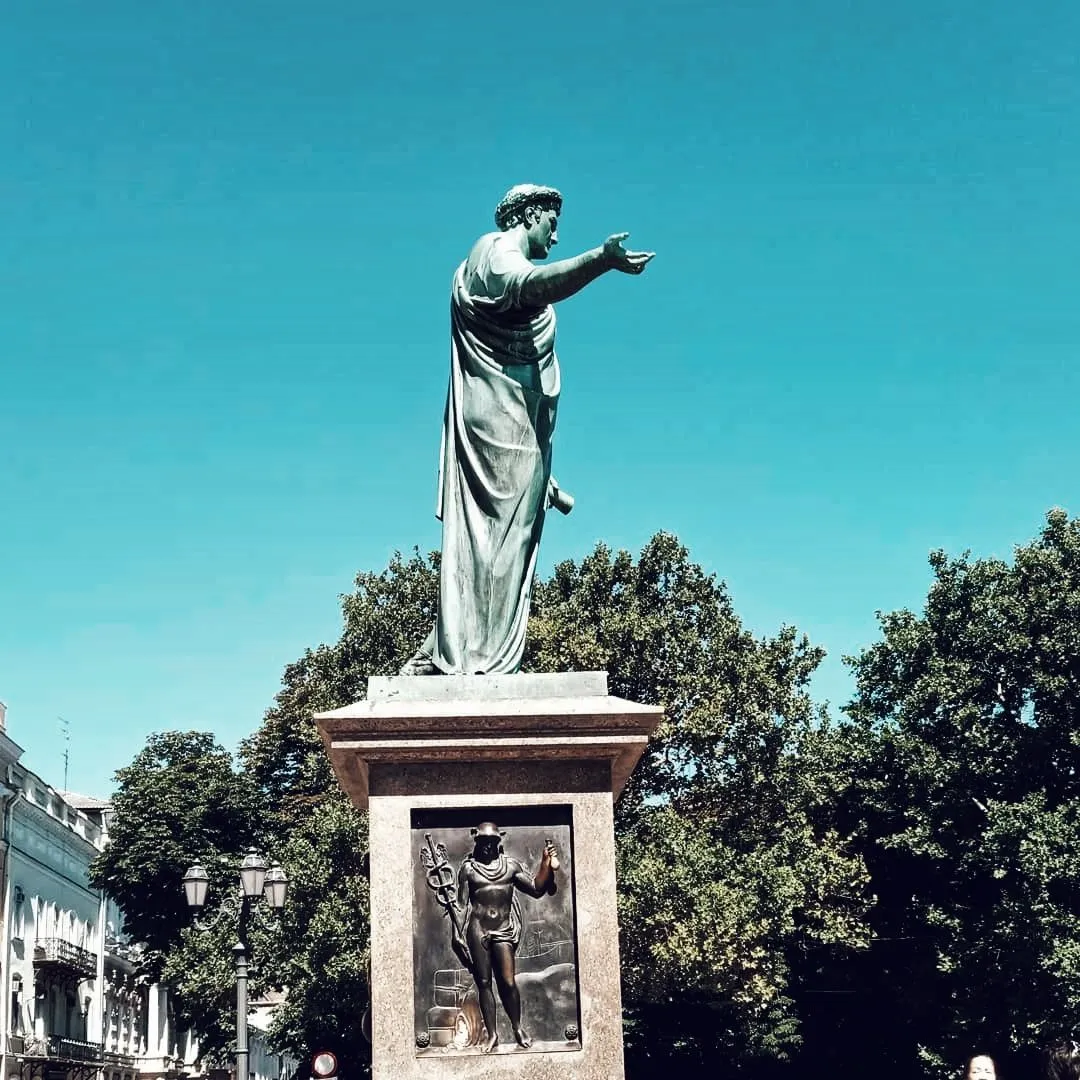
Where can you see the monument?
The sculpture is located in Odesa, on Primorskaya street.
The exact GPS coordinates are 46.48827, 30.741108
You can also save my map in Pinmapple.

